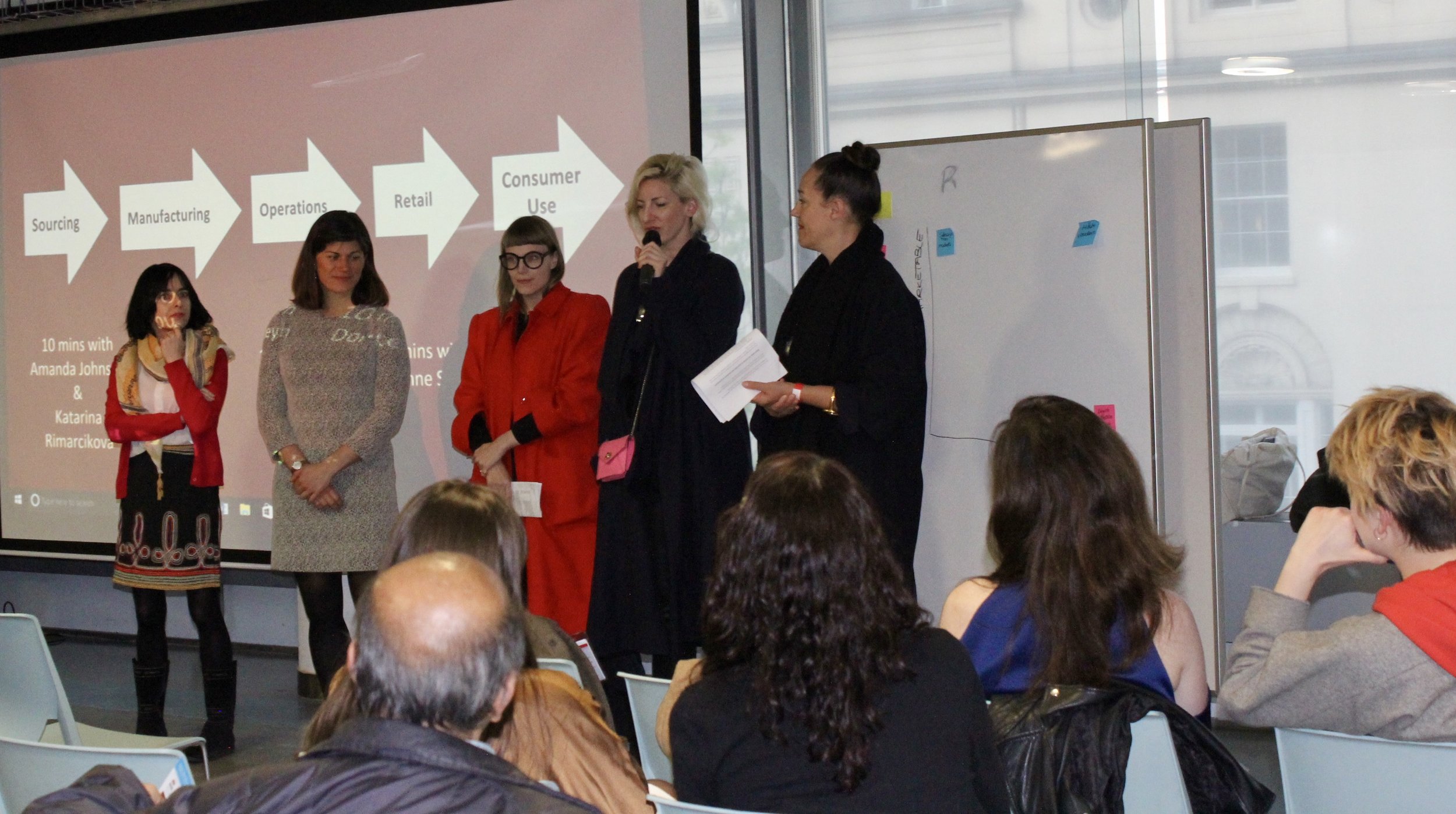The Boston Consulting Group (BCG) and Global Fashion Agenda (GFA) estimate that
overall apparel consumption will rise by 63%, from 62 million tons today to 102 million tons
in 2030. With our planet’s resources being severely pushed to their limit and a third of
millennials strongly in favour in buying from companies who are mindful of their social
responsibilities, adapting towards sustainable practice is no longer “just” a value-adding
activity. Sustainable practice is essential in ensuring long term competitive advantage.
The GFA and BCG state there is a €160 billion- per-year upside to the world economy
which can be achieved through 1) treating workers fairly 2) making progress on a range of
issues throughout the value chain and 3) a more efficient use of scarce resources, thus
calling for attention on sustainable materials. By eliminating wasteful practices and
minimising water, chemical, and energy consumption in textile production, there is a
positive impact on the triple bottom line, creative output, and a growing response in
consumer loyalty.
While upgrading materials is only one element towards sustainable fashion, it is a key
factor to a holistic approach. To achieve a sustainable future, Greenpeace calls on both
producers and consumers to embrace “true materialism” – “a switch from an idea of a
consumer society where materials matter little, to a truly material society, where materials
– and the world they rely on – are cherished.”
The dominance of cotton and polyester fibres in today’s market is unsustainable, where
together they compose over 80% of the world’s apparel output. This absence of textile
diversity has led to excessive water consumption, pollution, loss of biodiversity and an
over-dependency on oil. Fabrics which offer modern alternatives play part in creating a
better future: A future which manages our resources wisely as well as cost-effectively. The
future lies in taking a holistic approach, where sustainable materials play an important role
in the whole fashion system, which needs to undergo widespread improvement to reach
long term sustainability.
One pioneer championing this “Material Renaissance” is The Sustainable Angle, founded
by Nina Marenzi and counts London College of Fashion Amanda Johnston and
Model Arizona Muse to their advisory board. The UK-based not-for-profit organisation
initiates and supports projects which minimise the overall environmental impact of the
fashion industry and the wider society.
The organisation’s chief project is the annual Future Fabrics Expo, which this past month
saw its 7th year. The Expo focuses on the fashion industry and how its dangerous
environmental impacts can be reduced through innovation in textiles, as well as novel
ideas to transform the fashion system and design practice. Here innovative and
commercially viable fibres and fabrics that embody a range of sustainable principles are
showcased. The intention is to inspire and educate designers and leading fashion brands
about the latest developments in sustainable fabrics.
The expo provides an assortment of sustainable alternatives to more conventional fabrics
which currently dominate the market. Hence, fashion companies are inspired to begin
diversifying their fabric base and lower their environmental impact at the same time. Only
one example featured at the recent Future Fabric Expo in London was the material made
from fruit waste - derived from orange, apple, grape skins, and pineapple leaves. Orange
Fiber, which is made from by-products from the citrus juice industry, has already been
selected as one of the winners in the 2016 H&M Global Change Award and has
successfully collaborated with fashion house Salvatore Ferragamo. Orange Fiber fabrics
are produced from a silk-like cellulose, blended with silk, cotton and elastane, giving it a
luxurious quality.
With fabrics often being the first step in a designer’s creative journey, understanding the
material renaissance can be a good starting point in the quest to promote a more
conscious and responsible approach to the creation of fashion products. The movement
towards a fully sustainable future is well under way, inviting exciting opportunities bridging
together science and art, technology and fashion, beauty and well-being!
















